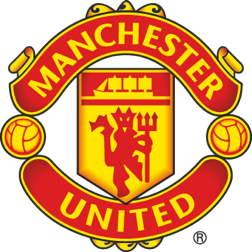The story of Best's first steps at United
On the anniversary of George Best’s sad death, John White, Branch Secretary of Carryduff Manchester United Supporters’ Club, recalls Georgie’s first steps to becoming a United legend…
Today, on the 16th anniversary of his passing aged just 59, I would like to pay tribute to the life of George Best, a fellow Belfast Boy, considered by many Manchester United fans as the greatest-ever player to have played for the club. And, having been born and bred in east Belfast, Georgie can I send you this message: you were, you are, you still remain and you will always be my hero.
Born on 22 May 1946, George Best began to play for his local youth club, Cregagh Boys in east Belfast, at the age of 13. The team was run by Bud McFarlane (a close friend of Dickie Best, George’s dad), who was also reserve-team coach at Glentoran Football Club in east Belfast. McFarlane knew from the first moment he saw this skinny, dark-haired and very shy kid play that he had what it took to become a professional footballer and decided that he would mentor the young Best. When Bud suggested George was concentrating too much on playing with his right foot, Best took Bud’s advice on board and over the following week he never touched the ball with his right foot.
When he turned up for Cregagh Boys’ next match, he brought only one football boot with him, his left one. George put the boot on and wore a ‘guddy’ (Belfast slang for a plimsoll) on his right foot. He scored 12 goals in the game and never once used his right foot to kick the ball.
Quite amazingly someone, somewhere decided that George was not good enough to represent Northern Ireland at schoolboy level, and this unbelievable decision was taken after George dominated a game for Cregagh Boys against a Possibles Northern Ireland Schoolboys XI. No-one really knows why he didn’t make it into the side, but perhaps his frail-looking 5ft, 8st frame was the main reason. Despite McFarlane’s support, even Glentoran thought he was too small and too light to be a footballer.




